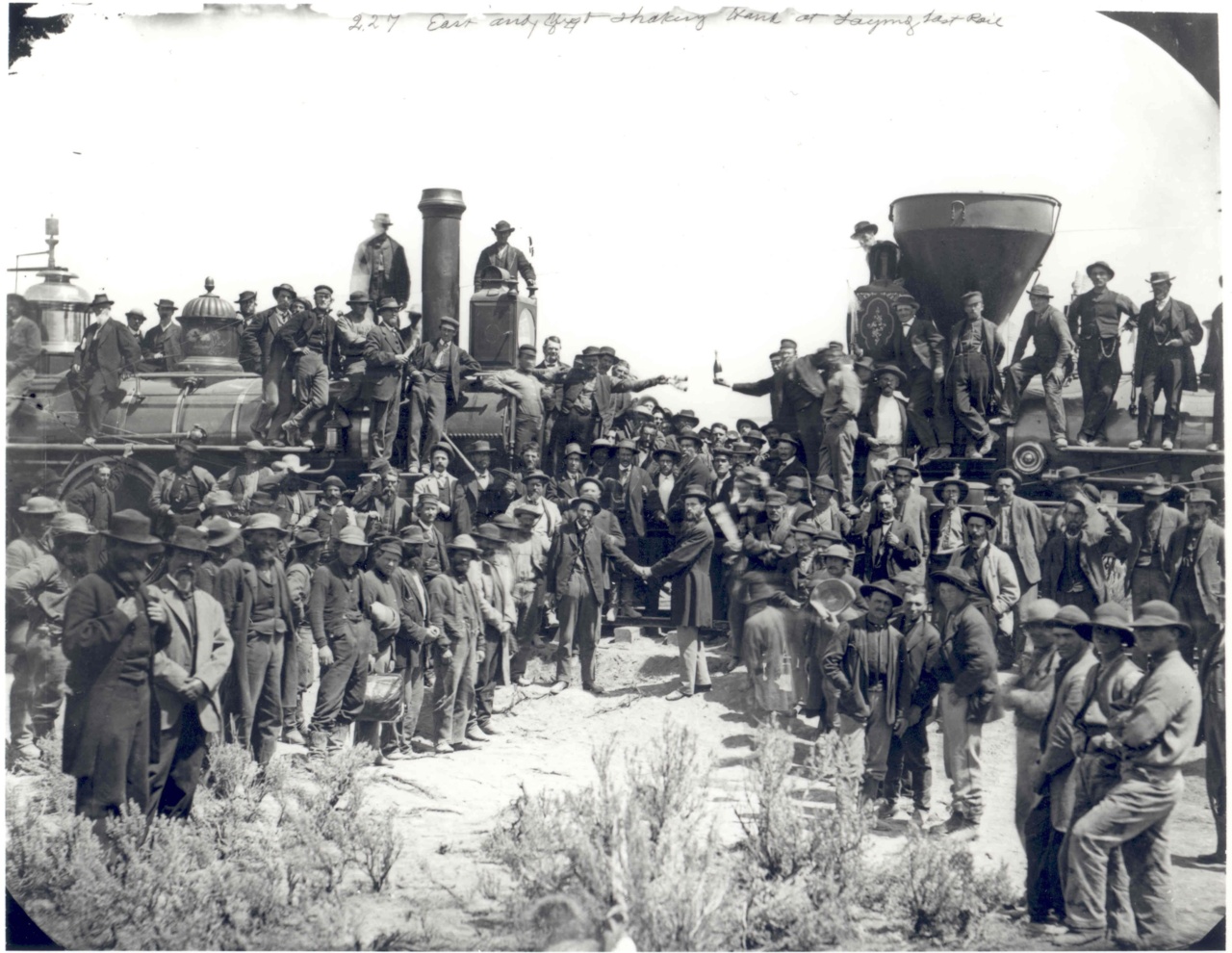Riding a bicycle is more than a fun and healthy family activity. Besides being great way to exercise, many people also use bicycles to commute to work, go to the grocery store, or to visit friends and family. Some people use them as their primary mode of transportation.
With summer fast approaching, it’s a good idea to review some of the basic safety rules of riding a bicycle. That way, you can minimize your chances of getting into an accident. After all, May is Bicycle Safety Month!
Prepping Your Bicycle
In the U.S., more than 50,000 bicyclists were injured in 2009 and 630 died from accidents with vehicles, according to the latest figures by the National Highway Traffic Safety Administration (NHTSA). Before you go on a bike ride, make sure to:
- Always use a helmet, regardless of your age.
- Use a bicycle that’s the right size for you so that you will be able to control it properly.
- Make sure the brakes are working and the tires are inflated to the correct pressure.
- Make yourself visible to motorists by wearing bright colors like red or yellow.
- Get rear and front lights that are very bright or flash to increase your visibility.
- Avoid riding your bicycle at night.
NHTSA has additional resources on bicycle safety, including how to fit your bike helmet (PDF format).
Rules for Riding a Bicycle on the Street
Bicycles are considered vehicles, so cyclists are expected to follow the same traffic rules as car drivers. When you are on the road:
- Obey all traffic laws, including stoplights, signs, signals and lane markings.
- Yield to pedestrians.
- Ride your bicycle in the same direction as traffic, never against it.
- Signal when you make turns.
- Be careful near parked cars as someone might suddenly open the door.
NHTSA has a parent pledge (PDF format) as well as a child pledge (PDF format) to help promote responsible bicycling.
Rules for Riding a Bicycle on the Sidewalk
The street, especially where there are bike lanes, is the best place to ride a bicycle. However, the sidewalk might be safer for children under 10 years old who are unable to ride their bicycles on the street without adult supervision.
Before riding your bicycle on the sidewalk, make sure it’s allowed by local and state authorities. If you do ride your bike on the sidewalk:
- Be careful with cars coming in and out of driveways.
- Alert pedestrians when you’re close to them by saying “passing you on your left” or by using a bell horn.
- Stop at all intersections before crossing the street.
For more information visit the NHTSA’s bicycle safety page.












